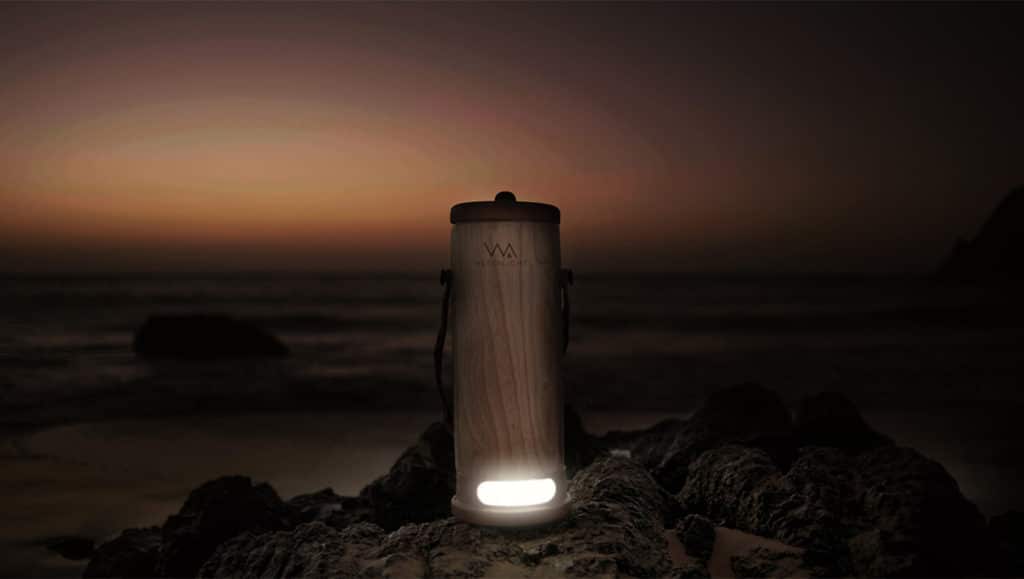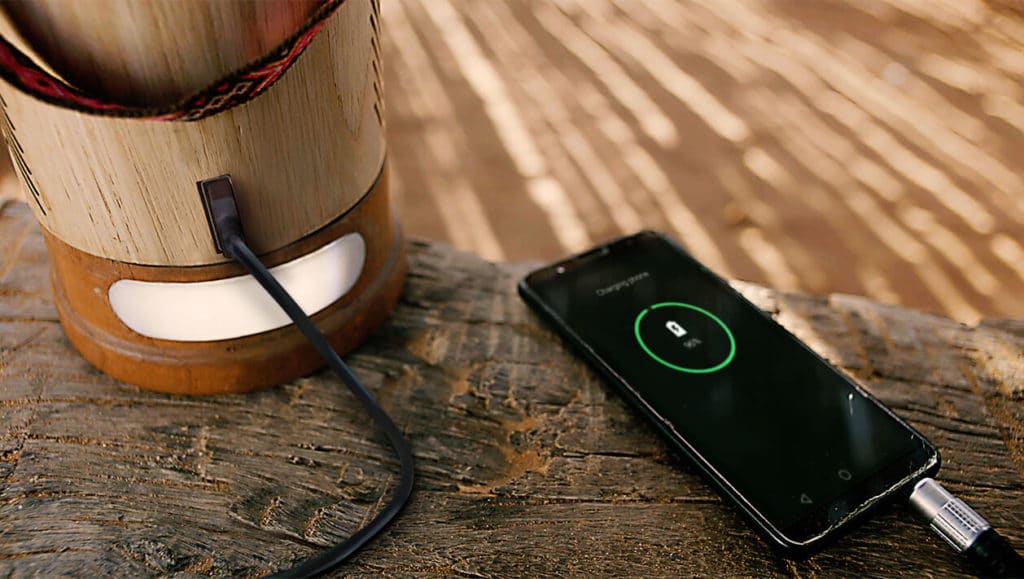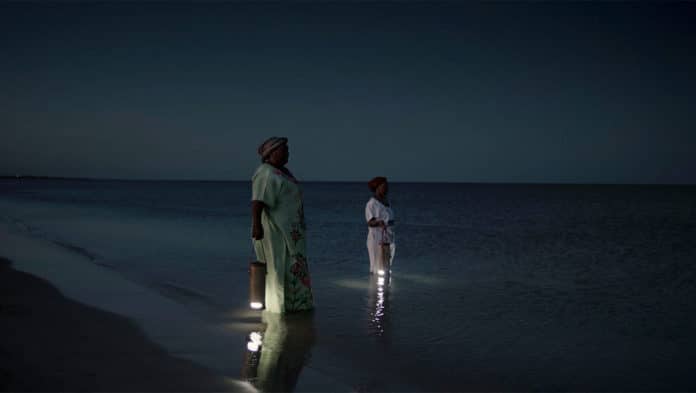The world needs a clean energy revolution because billions of people do not have access to electricity. Global energy demand is expected to increase substantially in the next few decades.
Colombian renewable energy startup E-Dina has presented a solution that promises to improve the quality of life of communities without access to this vital resource, offering an energy alternative with the power to supply a great demand while taking care of the environment. The startup has developed a wireless lantern called WaterLight, that produces electrical energy from a renewable natural resource such as saltwater.
Developed in collaboration with the Colombian division of creative agency Wunderman Thompson, WaterLight is a more reliable alternative to solar lamps in off-grid communities.

The portable device needs to be filled with 500 milliliters of seawater – or urine in emergency situations – to generate light for 45 days. This, thanks to the ionization of an electrolyte composed of saltwater, which reacts with magnesium and copper plates on the interior of the lamp to produce electricity.
The WaterLight acts as a mini power generator and can be used to charge mobile and electronic devices via a USB port. It will also help fishermen to fish at night and will allow craftsmen to sell a higher amount of orders by allowing them to work at night.
WaterLight works 24 hours a day through ionization, which allows the lantern to produce electricity, and light, for long periods of time, thanks to E-Dina’s patented way to sustain the chemical reaction over a prolonged period of time. WaterLight has been created as a 100% recyclable and durable product. It is designed to run for 5,600 hours – which equates to more than 230 days or 2 to 3 years of use, depending on how often it is needed.

The device has a cylindrical wooden outer casing with a circuit integrated into its base and a perforated cap on top that allows water to flow into the device while the hydrogen gas created during the ionization process can escape. Once the salt particles have evaporated, the lamp can be emptied and refilled, while the water used can be reused for washing or cleaning.
E-Dina wanted to start with a local community with the problem of no access to electricity; therefore, the current iteration of the lamp was designed specifically for the Wayúu people, an indigenous community that lives on the northernmost tip of South America where Colombia meets Venezuela. The area is surrounded on all sides by the Caribbean Sea, which offers a plentiful resource to power the WaterLight.
Thanks to WaterLight’s first contact with the world, the Wayúu have transformed their lives in a safe and sustainable way. Routine habits such as night fishing, charging mobile phones, or life after sunset, are now possible without the need to travel by kilometers to search for a source of energy.
Wunderman Thompson claims the lamp can be fully recycled, and the goal is to ultimately roll out a pared-back, mass-produced version of the WaterLight across the world.
WaterLight isn’t the first initiative to bring light to global rural communities. In February this year, Henry Glogau’s Solar Desalination Skylight was announced as the finalist of the Lexus Design Award 2021. The device uses seawater to create natural ambient light, drinking water and generate energy from the remaining sea salt.
